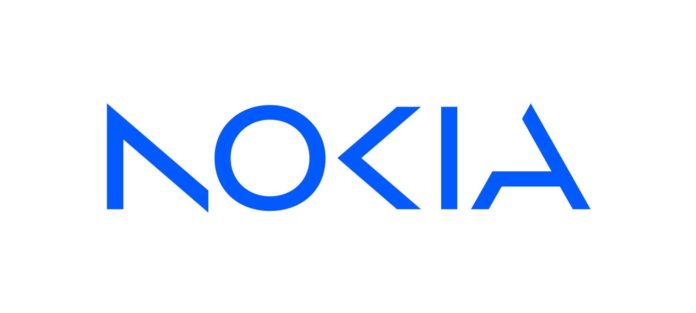Nokia said that these new applications enable use cases such as early alerts and anomaly detection, condition monitoring, preventive and predictive maintenance
Nokia announced the launch of four applications for MX Industrial Edge (MXIE) developed by third parties, which will help enterprises connect, collect and analyze data from operational technology (OT) assets on a secure on-premises edge.
In a release, the Finnish vendor noted that these new applications enable use cases including early alerts and anomaly detection, condition monitoring, preventive and predictive maintenance and digital twins, among others.
The first application is dubbed “Atos Computer Vision – Quality Inspector’” which uses artificial intelligence (AI) to provide applications which improve quality and productivity in manufacturing environments. It leverages modern deep learning to detect defects, foreign objects, anomalies, or incorrect setups with AI-based video analytics in real time, Nokia said.
The second application, “Crosser”, is a low-code streaming analytics and integration platform for industrial IoT and industry 4.0. Users can access a library of pre-built modules and connectors to build intelligent data flows and pipelines for preprocessing, analyzing and acting on industrial data, the vendor said.
Another new application included in Nokia’s portfolio is “Litmus Edge”, which Nokia described as an industrial edge data platform that unifies data collection, normalization, contextualization and analytics at the edge and cloud. The platform includes nearly 300 pre-built device drivers and integrations for OT assets and enterprise systems.
Also, Palo Alto Networks’ software-based next-generation firewalls deployed on MXIE use AI and ML to prevent cyber threats in the OT environment, without adding physical hardware to the network. The solution has capabilities such as advanced threat prevention, which blocks unknown command-and-control and exploit attempts in real-time; “Advanced WildFire”, which stops highly evasive malware; and DNS Security, which stops emerging DNS-based attacks.
Stephan Litjens, VP of Enterprise Solutions at Nokia, said: “These new applications unlock operational technology data from their silos while maintaining data security and privacy, which asset-heavy, mission-critical environments require for digital transformation. As we continue to expand the Nokia Industrial Application Catalog and work with leading software vendors and cloud providers, our ecosystem-neutral approach for MXIE means enterprises can choose best-of-breed applications to support a range of industrial use cases. This ultimately improves efficiency, worker safety and sustainability in our customers’ operations.”
The move builds on Nokia’s existing collaboration with IBM spinoff Kyndryl as the pair aims to help industrial customers “achieve high-performance wireless connectivity in mission-critical environments.”
Based on a partnership initially announced in February 2022, Kyndryl and Nokia now tally 100 “active engagements” around private 5G and 4G networks, as well as mobile edge computing (MEC) technologies, for enterprises. To further accelerate adoption of cellular-backed Industry 4.0 solutions, the duo have extended and expanded the arrangement, and are working with security specialist Palo Alto Networks to open a “partner innovation lab” in the U.S.
According to the companies, 90% of those engagements—which span “from advisory or testing, to piloting, to full implementation”—are with manufacturing firms.

